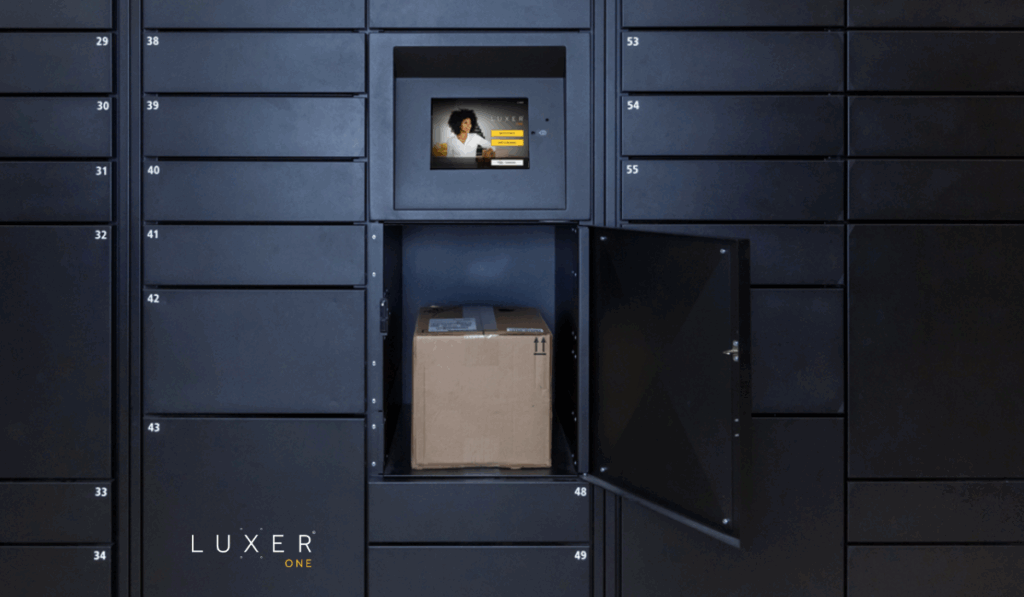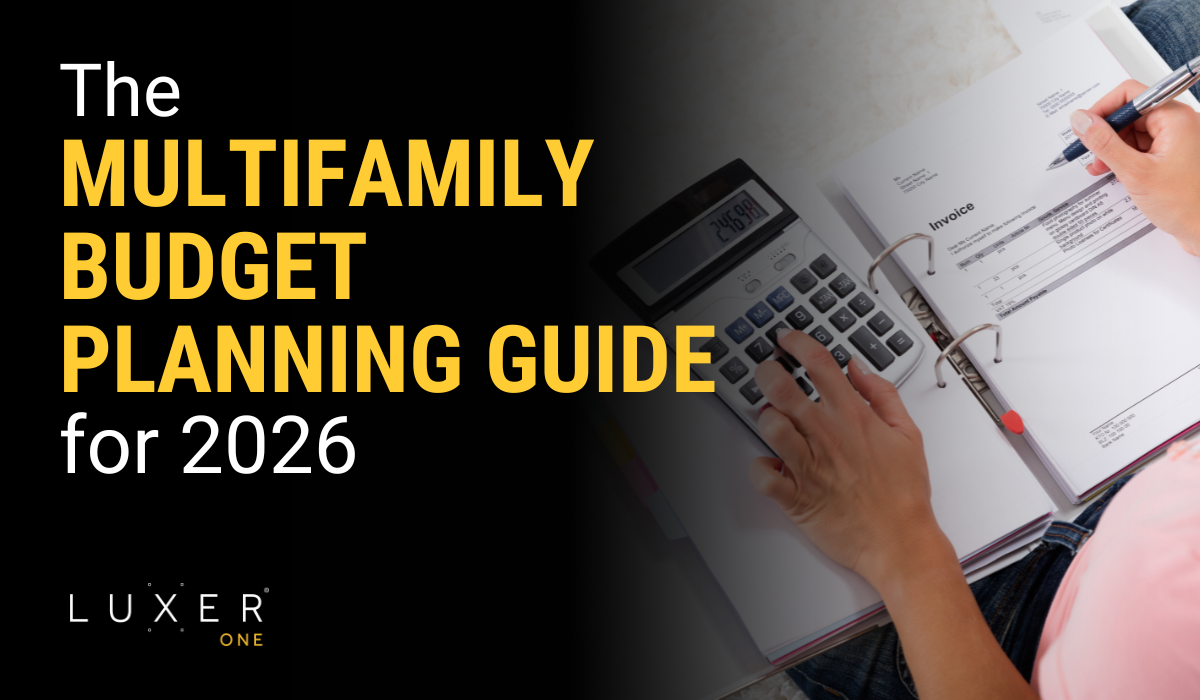As multifamily managers gear up for peak budget season (August–October), it’s critical to align forecasts with current market dynamics. This multifamily budget planning guide will give you a brief overview of the current state of the industry and what to consider for 2026.
The State of Multifamily
The multifamily industry is experiencing one of its most complex chapters yet. From ongoing tariff impacts to rising resident expectations and vendor uncertainty, regional and asset managers are balancing more than just lease-ups and budgets; they’re managing momentum in a rapidly shifting market. A brief overview, according to ALN Data:- Occupancy & Rent Trends: Nationwide occupancy continues to soften while rent growth slows. This points to a more competitive leasing environment.
- Construction & Concessions: New deliveries remain high, especially in key metros, leading to increased concessions and pressure on stabilized assets.
- Operational Takeaways: Shifting resident expectations and staffing challenges highlight the need for efficient, scalable solutions across portfolios.

Budget Strategy: 3 Moves to Make Right Now
1. Match Market Conditions to Budget Priorities
If occupancy is soft and concessions are on the rise, it’s time to prioritize retention spend over new resident acquisition. Consider rebalancing budget categories like this:
- Shift marketing spend to loyalty-focused campaigns
- Elevate amenity maintenance to protect renewals
- Audit staffing costs and optimize tech where roles are stretched
2. Think Across the Portfolio, Not Just the Property
Regional managers should set macro-strategies that flex with asset class and geography. For example:
- In high-supply metros (like Austin or Phoenix), scale back capital upgrades and instead strengthen community perks.
- In tight inventory markets (like Chicago or Columbus), invest in high-impact tech and smart access tools to differentiate quickly.
3. Don’t Wait to Lock in Vendor Contracts
Budget season is short, but vendor lead times are long. Lock in pricing by September to avoid Q4 surges. Consider vendors that offer:
- Flexible billing models (like month-to-month service plans)
- Multi-property coverage to drive down per-unit costs
- Proven stability, especially amid service disruptions across the industry

6 Trends to Consider as You Plan for 2026
With this strategy in mind, let’s take a look at current trends to better formulate a budget plan. Here’s what leading operators are budgeting for now:
|
Trend
|
Why it Matters
|
Budget Tip
|
|---|---|---|
PropTech & AI |
Automates ops and boosts staff productivity |
Set aside a portion of capex for tools and training |
Smart + Sustainable Amenities |
Reduces long-term utility costs; appeals to Gen Z |
Prioritize tech with flexible billing options |
Wellness-Driven Design |
Supports community and retention |
Budget early for shared-use space and programming |
Flexible Leasing Options |
Meets shifting resident preferences |
Pilot tiered lease models or bundled service options |
Resident Experience Platforms |
Cuts down on calls, boosts satisfaction |
Invest in centralized portals and messaging |
Portfolio Data Integration |
Turns operations into strategy |
Fund tools that link performance, pricing, and planning |
Want more trends like these? Join our Quarterly Multifamily Newsletter to stay in the loop all year long.

Smart Budgeting with Luxer One
With staffing gaps growing and resident delivery needs at an all-time high, Luxer One gives you a scalable way to streamline operations and stand out.
Here’s how to build us into your 2026 plan:
- Smart Package Lockers – Reduce missed deliveries and resident complaints
- Flexible Billing Plans – Access hardware + software + support with no big upfront cost with Luxer as a Service
- Luxer Liaison – Our team completes audits and support tasks to keep your staff focused on lease-ups and resident needs
Communities using Luxer One report saving up to 60 staff hours/month while boosting resident satisfaction.
Contact us today to build Luxer One package solutions into your 2026 budget!
-
Christina Draper, Marketing Content Manager at Luxer One, creates storytelling-driven content that connects with property management professionals and highlights innovations in multifamily package management. With a marketing background from UNC Charlotte, she develops cross-channel campaigns that showcase how Luxer One is redefining the resident experience.
See Posts





